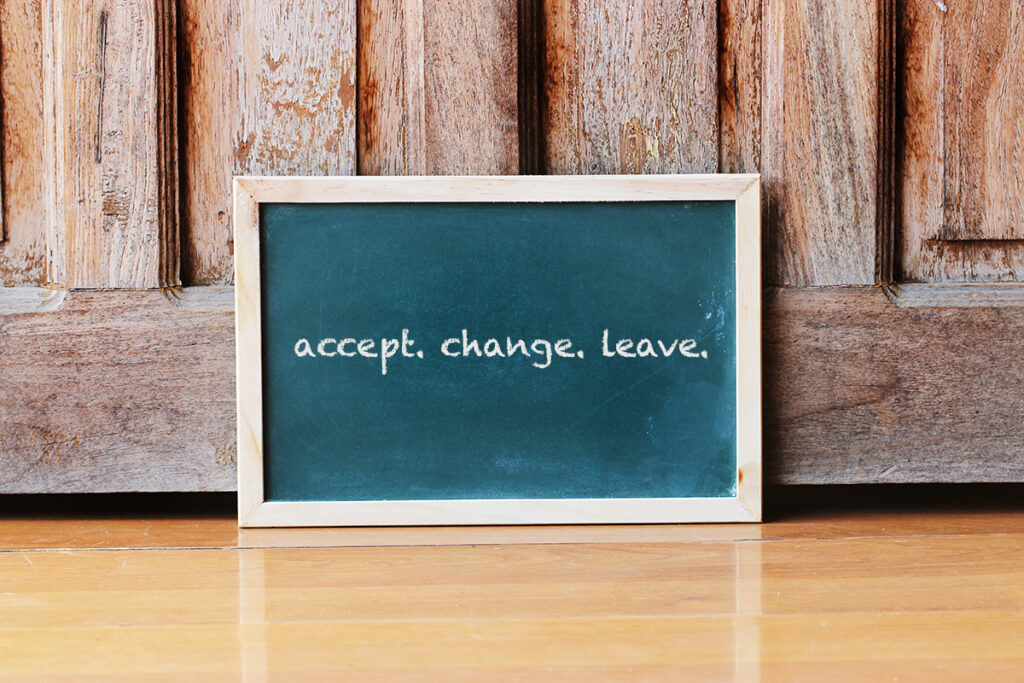“I Can’t Hear You with All of Your Talking”
By Patty McGee
My dad said these exact words to me once. “Patty, I cannot hear you with all of your talking.” To this day it simultaneously cracks me up and gives me pause. This Yogi Berra-ish statement holds much truth, especially in teaching.
Case in point: A few years back, I was demoing a student conference for a group of teachers. They specifically asked me to work with a student named Estrella. Her teacher found conferring with Estrella extra challenging – no matter what the teacher tried, Estrella remained quiet and seemed disconnected. So I gave it a try, even though I doubted I could make any further inroads with her.
After I modeled a strategy for Estrella, I decided to pause and say nothing for what felt like an eternity – about 30 seconds. We could see that Estrella was thinking. Then she began to take what I taught and use it. A light bulb lit up in our heads. We realized that simply saying nothing and giving each individual student the time they need to process and act could be incredibly powerful.
I don’t know if you find it as easy to fall into the trap of constant talking as I do. We educators often feel the need to fill every moment with our voices, thinking that more words equate to deeper learning. However, I’ve come to realize that sometimes the most powerful moments in teaching happen in the silences.
Silence Fosters Student-to-Student Collaboration
I am deeply committed to fostering an inclusive and collaborative classroom environment, and I’ve also witnessed the transformative role that silence plays in promoting student-to-student collaboration. It’s a tool that, when used thoughtfully, can elevate the learning experience, nurturing a community of learners who support, challenge, and grow together.
A few months back I demo’ed a small group session in a classroom. After the session I asked the three students I worked with to each meet with another student in the class and teach them what they’d just learned.
I’d written down the steps I taught on a sticky note for each of them. Without me saying another word, the three students huddled together and decided to follow my lead.
“After we teach another student, let’s hand over a sticky note and ask them to find another person in the classroom to teach,” they decided. “That way, everyone can learn from each other.”
And that is exactly what happened. All of the grown-ups in the room stood back, said nothing, and watched the learning pollinate throughout the classroom. It was beautiful, visible learning in action!
What’s more, this silence-induced collaboration brought out the voices of those who often remained on the sidelines. It was a clear reminder of the untapped potential that lies within each student.
Through experiences like these, I’ve learned that silence is not just the absence of noise – it’s a powerful pedagogical strategy that fosters an environment of mutual respect, active engagement, and collective discovery.
Listening: A Teacher’s Tool for Customized Feedback
One of my mentors texted me the other day simply saying, “Silence is the space that allows us to listen. Silence helps to create belonging.” That feels so true to me.
What once felt counterintuitive – turning the floor over to students and genuinely listening to their voices – has reshaped not only my teaching approach but also how students perceive their own learning journey.
Listening – for us and for our students – is far more than a passive act. It’s an active engagement, a way to truly connect with each other on a deeper level.
When I shifted from being the primary voice in the classroom to being a keen listener, I uncovered a world of insight into my students’ understanding, their challenges, and their unique ways of seeing the world. This transformation has not been easy, as it required me to reevaluate my role as an educator. However, the rewards have been immeasurable.
In my practice, especially during time for direct feedback, I’ve witnessed the tangible benefits of listening. It’s in these moments, when I’m wholly focused on understanding a student’s perspective, that I’m able to tailor my teaching to their specific readiness. By listening, I allow them to articulate their thoughts and, more importantly, to own their learning process.
My commitment to listening has opened up new avenues for feedback. Instead of assuming what my students need, I ask, I listen, and I adapt.
Building Trust through Listening
Perhaps the most heartfelt lesson I’ve learned through listening is the trust it builds. In fact, if I do say anything during the listening/feedback cycle, I repeat the mantra, “I trust in your ability to work through hard parts.”
Establishing and confirming trust makes the classroom a safer space – a place where risks can be taken and vulnerabilities shared. This trust is the foundation of a learning environment where every student feels they belong, where they are understood and supported not just academically but emotionally and socially.
Incorporating silence into my teaching has been a revelation. As I continue to explore the nuances of feedback, I am constantly reminded of the transformative power of pausing, of giving learners the time to process. In the quiet, in the stillness, there is a world of understanding waiting to be unlocked.
Thanks, Dad, for the clever saying that has shaped my teaching for the better.

No comments:
Post a Comment